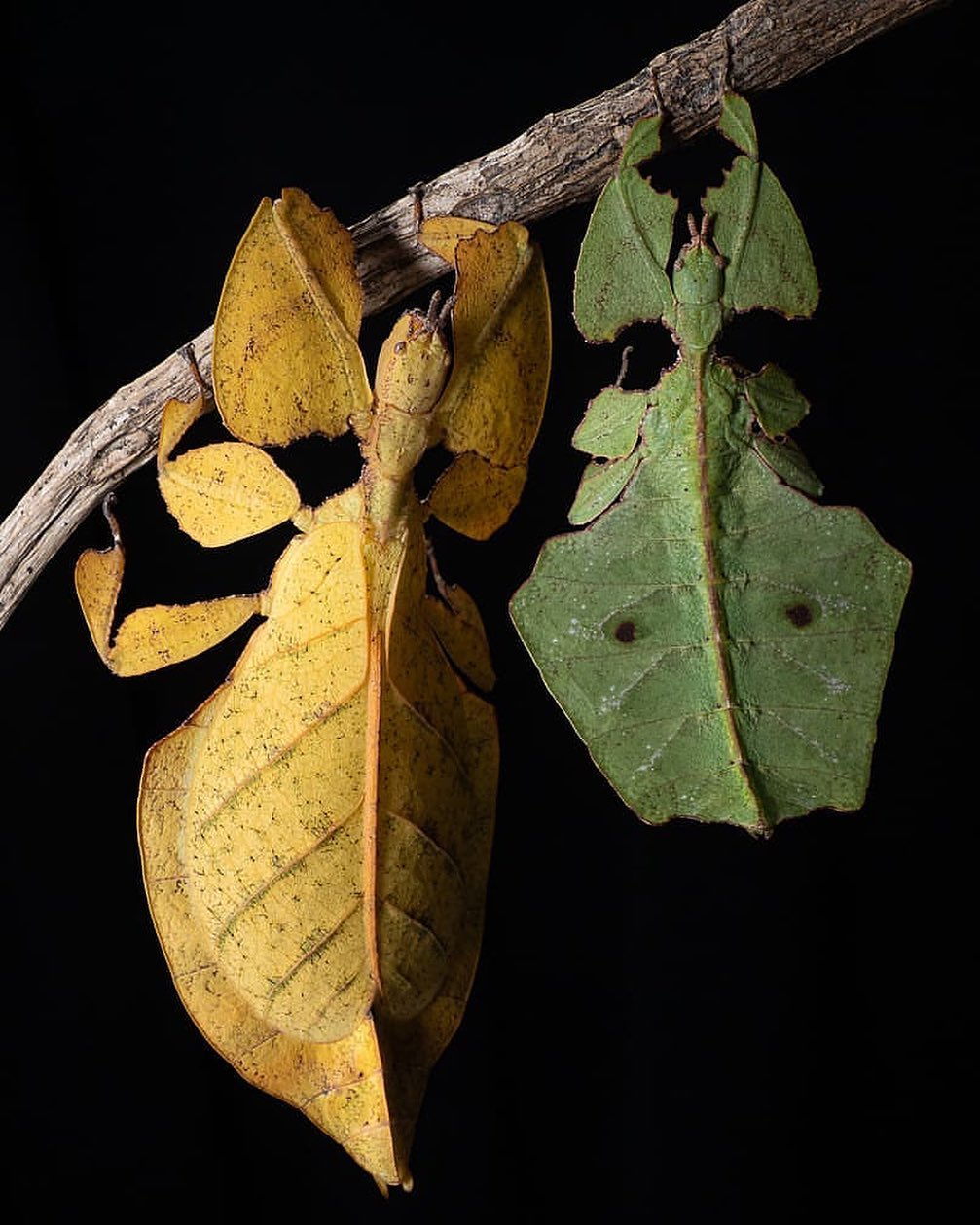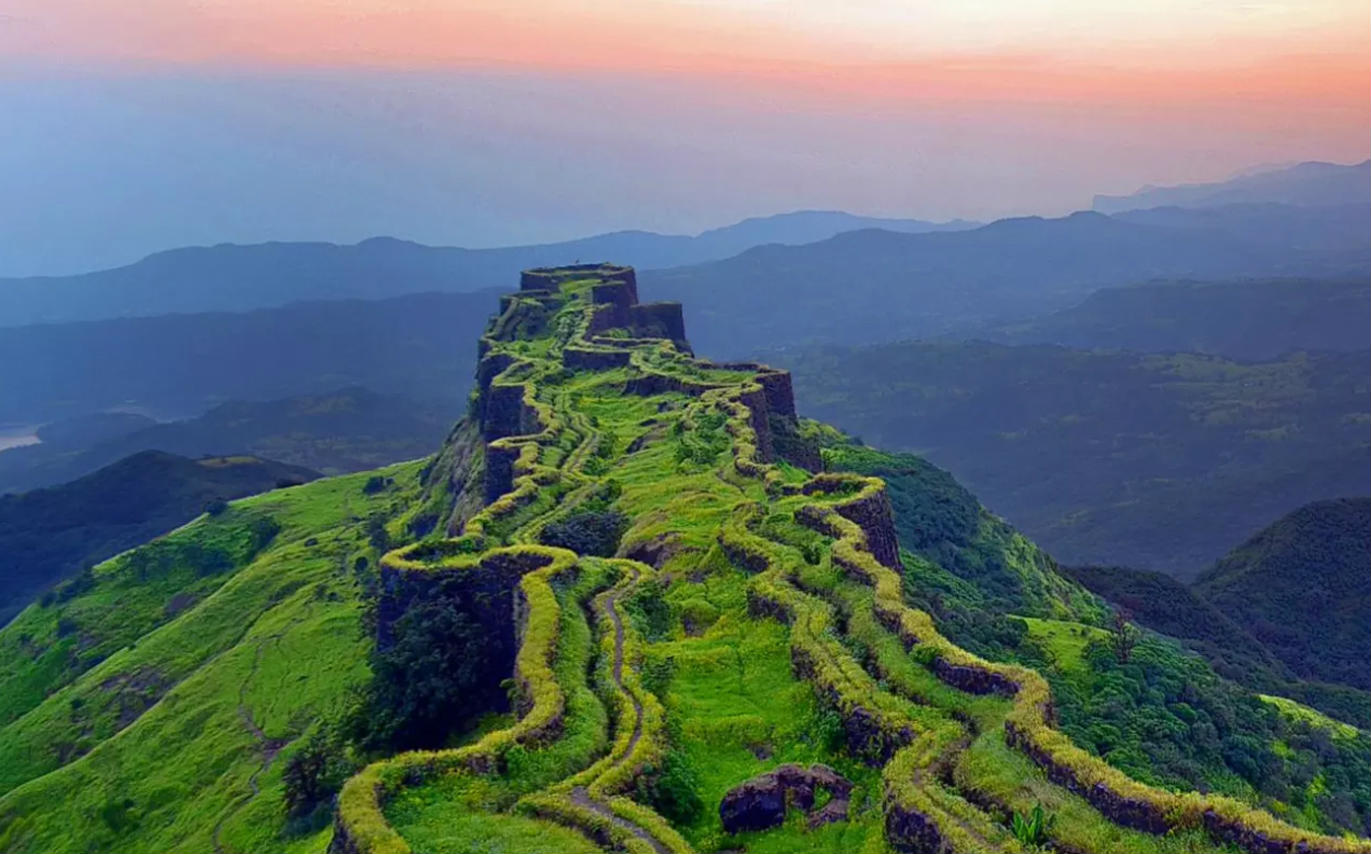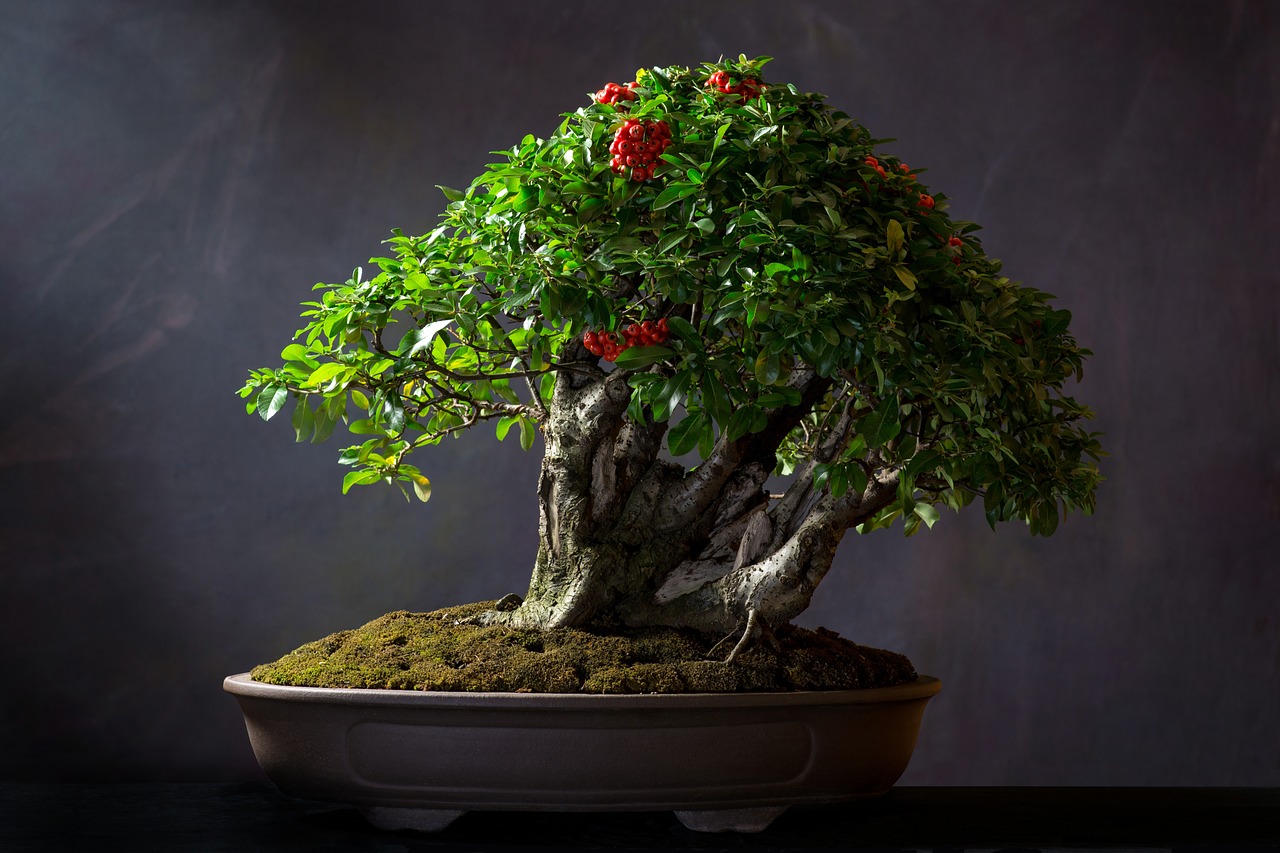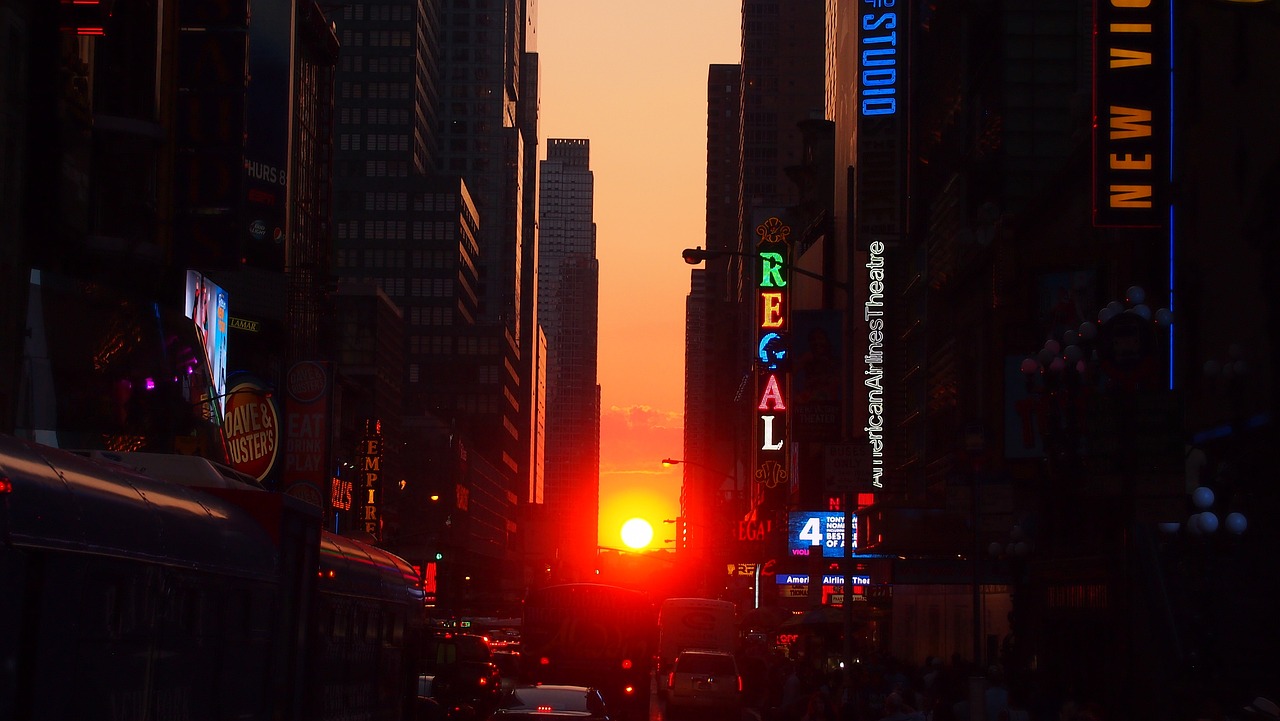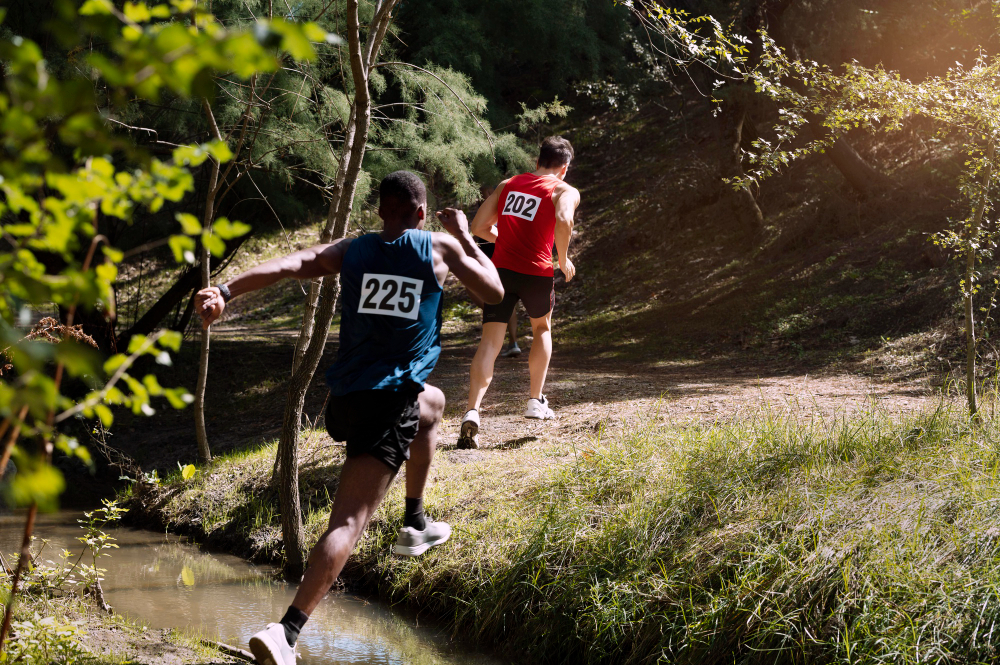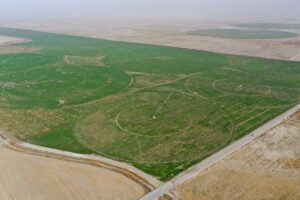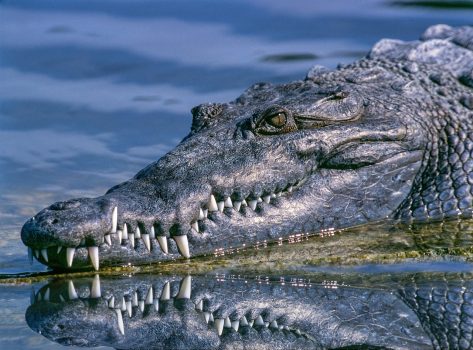 Pin
Pin Image by Pexels from Pixabay
Understanding how crocodiles behave isn’t just wildlife trivia—it’s the difference between a safe trip and a deadly one. Crocodiles are not mindless killers; they are smart, silent hunters. They know how to stay hidden, watch, and wait for the perfect time to strike. Knowing how to be safe from crocodiles starts with knowing how they think. They’re ambush predators, which means they strike when you least expect it, usually when you’re close to the water’s edge.
Most attacks happen because people walk too close to croc habitats, especially during the evening or early morning. That’s their hunting time. So if you’re planning a trip anywhere near rivers in croc territory, avoid those hours. And never assume the water is safe just because you can’t see a croc. They can stay submerged for hours. The moment you get too comfortable, they act.
Table of Contents
Which Rivers Are Known for High Crocodile Populations?
If you’re heading near wild rivers, it helps to know which ones are crocodile hotspots. The Nile River in Africa is one of the most dangerous—Nile crocodiles are known for their size and aggression. In Australia, rivers like the Adelaide and Mary River in the Northern Territory are loaded with saltwater crocodiles. In India, the Chambal and Godavari rivers are common habitats for mugger crocodiles. These rivers aren’t just beautiful—they’re deadly if you’re not careful.
Locals living near these waters grow up with strict rules, often passed down through generations. Tourists, however, tend to overlook those warnings. It’s not paranoia—it’s survival. If you’re near any river that flows through dense forest or mangrove regions, especially in warm climates, assume crocs are nearby. That’s how to be safe from crocodiles: expect them where they live, and never assume a river is empty just because it looks peaceful.
Stay Away from the Water’s Edge—Here’s Why It’s So Dangerous
The water’s edge might look calm, even inviting, but it’s the most dangerous place when crocodiles are around. These predators use shallow water to launch quick, surprise attacks. They stay still, camouflaged, often looking like floating logs. If you step too close, especially to wash your hands, feet, or clothes, you’re within striking range—and crocs move fast, faster than you’d ever expect.
One crucial step in learning how to be safe from crocodiles is to keep at least five meters back from the edge. That distance gives you a better chance if one does charge. In places like northern Australia or parts of Africa and India, warning signs are posted, but they’re not always present. So, even if there’s no sign, act like the danger is real. Locals don’t just avoid the edge for fun—it’s a rule born from harsh experience.
Never Swim in Crocodile Zones—Even If Locals Do
Swimming in rivers or lakes that are home to crocodiles is a deadly mistake. Crocodiles see splashing as a sign of distress—it draws them in fast. Some locals may still swim in certain areas, but they often know exactly where the crocs hang out and where they don’t. Tourists or outsiders rarely know the safe spots. And even when locals take the risk, it doesn’t mean it’s truly safe. Fatal attacks have happened even in familiar places.
So how to be safe from crocodiles? Just don’t enter the water unless it’s officially marked as croc-free and watched by wildlife authorities. Crocs can travel surprising distances and show up in spots they weren’t seen before. It’s not about fear—it’s about respect. Crocodiles own those waters, and when you step into their territory, you gamble with your life. Stay out, no matter how hot it is or how tempting the water looks.
How to Spot a Crocodile in the Wild
Knowing how to spot a crocodile can make all the difference. They often blend into the environment, with their greyish-green coloration helping them stay hidden. Crocs are masters of camouflage, lying perfectly still for hours in the water. They might only reveal their eyes, nose, or the tip of their tail, so paying attention to the smallest movements can save your life. If you’re trekking near rivers or wetlands, keep an eye out for the slightest ripples or water disturbances.
At night, crocs become even harder to spot. Their eyes glow eerily in the dark, making them easier to identify. So, when you’re out in crocodile territory, carry a flashlight with a red filter. The red light won’t disturb their vision as much as white light, but it’ll help you spot glowing eyes in the dark. Being aware of your surroundings is one of the most effective ways to ensure safety while exploring croc-filled regions.
Avoiding Crocodile Encounters While Boating or Kayaking
If you’re planning on boating or kayaking in crocodile territory, your first instinct might be to paddle through the calm waters. But the truth is, you’re at risk even when you’re on a boat. Crocodiles are fast swimmers, and if they feel threatened or provoked, they’ll often go after boats in pursuit of a meal. Their strong jaws can easily capsize smaller boats or puncture inflatable kayaks, making it dangerous to venture into their domain without proper precautions.
So, how to be safe from crocodiles while boating? Always ensure your boat is sturdy and equipped with safety gear. Avoid paddling close to the riverbanks or near trees where crocodiles might be lurking. In some regions, crocodile-watch tours are available, led by local guides who know how to navigate the waters safely. If you’re on your own, always check for warning signs of crocs before launching your boat and stick to areas known to be croc-free.
Understanding Crocodile-Related Myths and Misconceptions
A lot of myths surround crocodiles, and understanding these can help you avoid unnecessary panic or risky behavior. For instance, many believe crocodiles only attack in the wild, but in reality, they can be found in urban areas, particularly in places with rivers running through cities. Crocs are also not always the “lone hunters” people think they are; they can work in groups, especially when feeding. Some myths even claim that crocs can’t move fast on land, but that’s far from true—they can run up to 12 miles per hour in short bursts, making them faster than many people think.
Another common misconception is that crocodiles only attack when hungry. In fact, crocs may also attack out of territorial instincts or when they feel threatened. Understanding these behaviors helps you better assess risk when traveling near known crocodile habitats. So, it’s essential to separate fact from fiction when it comes to crocodile safety to stay alert and prepared.
Key Safety Checkpoints for Crocodile-Prone Areas
When heading into crocodile territory, taking a few simple but important steps can significantly reduce your risk. Here are some safety checkpoints to follow:
- Check for Warning Signs: Always look for posted warning signs or guidelines before entering any area near crocodile habitats. These signs are not just for show—they could be life-saving.
- Consult Local Experts: Before entering rivers or wetlands, ask locals or park rangers about crocodile activity. They know the safe spots and can give you up-to-date information on where crocs have been spotted.
- Respect Distance: Keep a minimum distance of 5 meters from the water’s edge. This buffer zone helps keep you out of reach of any crocs lurking nearby.
- Know When to Avoid Water: Don’t swim or wade in the water during dawn or dusk, when crocs are most active. Avoid being near the water during these high-risk times, no matter how hot the weather gets.
- Invest in Safety Gear: If you’re venturing into croc territory on a boat or kayak, make sure your vessel is durable and outfitted with safety gear like life jackets and a first-aid kit.
What to Do in Case of a Crocodile Attack
Even with all the precautions in place, there’s always a chance you could find yourself in a dangerous situation with a crocodile. While prevention is key, knowing what to do in case of an attack could make all the difference. If a crocodile grabs you, the best approach is to fight back. Aim for the croc’s eyes, nostrils, or throat—these are the most vulnerable areas. Hitting the eyes or punching the snout might momentarily disorient it and give you a chance to escape.
If you’re on land and a crocodile charges at you, don’t panic. Running in a straight line might be your best bet, as crocodiles can only sprint in short bursts. Running sideways (like a crab) is often ineffective, as it lets the croc track your movement more easily. If you’re in the water, staying still and floating might help you avoid detection. Crocodiles typically prefer attacking movement, so the less you move, the less likely you are to become a target.
While hoping for the best is good, being prepared for the worst could save your life.
The Importance of Crocodile Conservation and Understanding Their Role in Ecosystems
While understanding how to be safe from crocodiles is essential, it’s also important to recognize their role in the environment. Crocodiles are vital for maintaining healthy ecosystems, especially in aquatic environments. They help regulate fish and small mammal populations, acting as apex predators. This natural balance keeps the ecosystem intact and prevents overpopulation of certain species, which could otherwise harm the environment.
Conservation efforts have been underway in many parts of the world to protect crocodile populations. As these creatures face threats from habitat destruction, illegal hunting, and pollution, it’s crucial to support efforts that aim to preserve their natural habitat. Crocodiles are not mindless killers; they are an integral part of the biodiversity of rivers, wetlands, and mangrove forests.
FAQs
If you encounter a crocodile while hiking near water, stay calm and slowly back away. Do not run, as it may trigger the crocodile’s hunting instinct. Keep a safe distance of at least 5 meters from the water’s edge. Avoid stepping into the water if you’re unsure about its safety.
While crocodile attacks are rare, they do happen in areas where crocs are present. Tourist areas near rivers or wetlands often have higher risks. Always check for local warnings and adhere to safety guidelines to minimize your chances of encountering a crocodile.
Yes, crocodiles can attack boats or kayaks if they feel threatened or are startled. They may also target boats as potential prey. To stay safe, avoid paddling near riverbanks, especially in known croc habitats, and ensure your boat is sturdy.
Crocodiles are most active during the early morning and late evening hours. These are the times when they hunt and are more likely to be on the move. Avoid water activities during these periods to reduce your risk of encountering a croc.
Crocodiles are skilled at staying hidden. Look for subtle signs such as ripples in the water, floating debris, or glowing eyes at night. If you notice these signs, keep your distance and stay alert. Crocodiles can be hard to spot but are often near the water’s edge, waiting for prey.




